The Baita Mountain and Wuquan Mountain in Lanzhou, as well as the Xinglong Mountain in Yuzhong, will make people linger and forget to leave. As the city expands and expands, the mountains that used to be in suburban counties have also become tourist areas of the city. Therefore, mountain lighting is naturally mentioned in urban lighting planning. Mountain lighting needs to consider many factors, such as not excessive use of lighting, not damaging the natural landscape, and not allowing large-scale mountain lighting to overshadow surrounding building lighting. It is necessary to reflect the differences between mountain lighting and building lighting appropriately, with the fundamental goal of protecting the ecological environment and exploring lighting elements. Overall, mountain lighting is very refined. Firstly, the light should not affect the growth of animals and plants. Maintaining the original ecology of the mountain is the foundation of mountain lighting design. Try to use angle constrained lighting fixtures to reduce disturbance to animals and plants.
Secondly, the lighting fixtures for mountain lighting should focus on the environment, temperature, humidity, and corrosion of animals and plants in the mountainous area, in order to avoid entering the maintenance period earlier and reduce financial waste.
Finally, more factors should be considered for mountain lighting, such as thunder, electricity, rainstorm, etc In short, mountain lighting should reflect the combination of natural beauty and humanities. Set off another scenic line of the city. The Lanzhou Mountain Lighting Project has become increasingly sound, and these are the works and hard work of the people who brighten the mountains in Lanzhou.
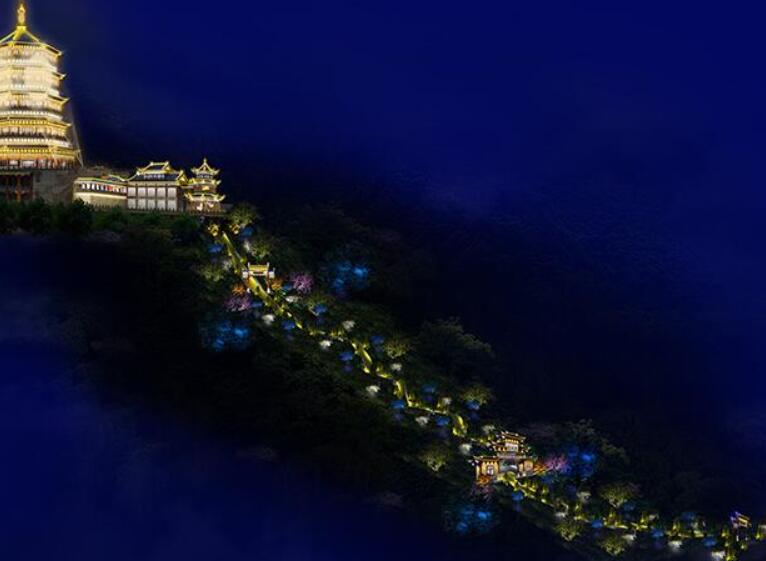




 Current location:
Current location:


 hot product
hot product


























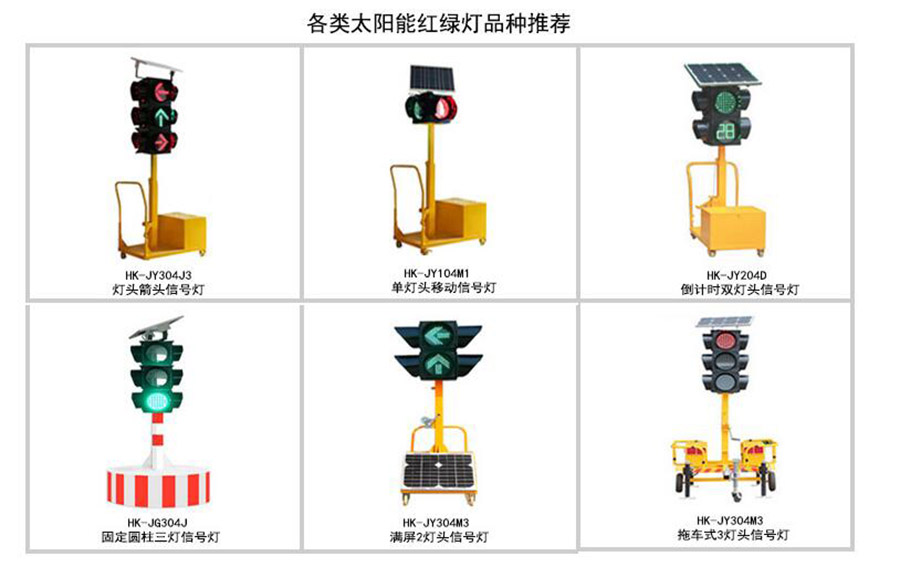
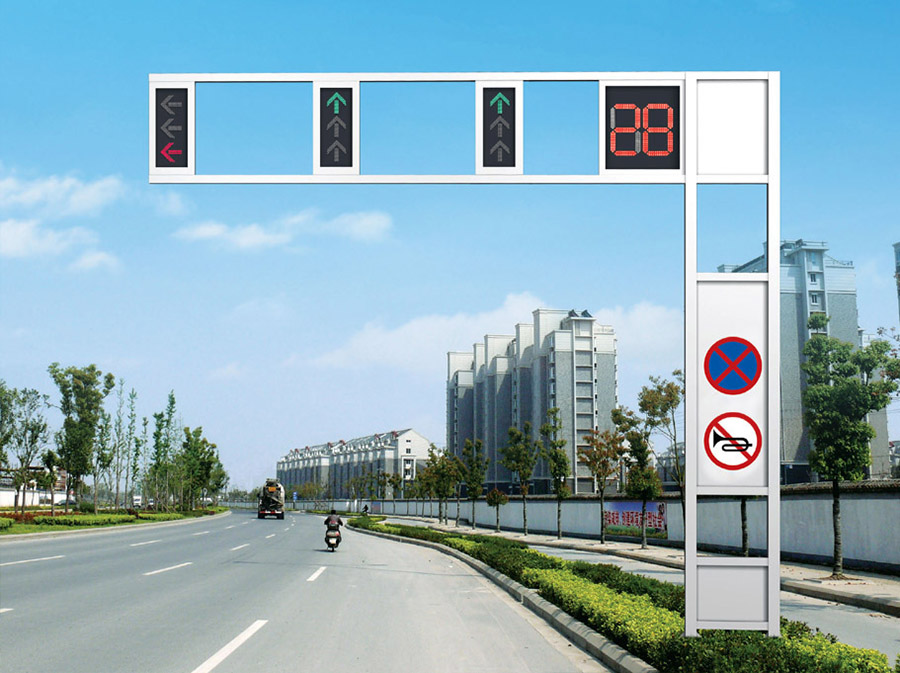

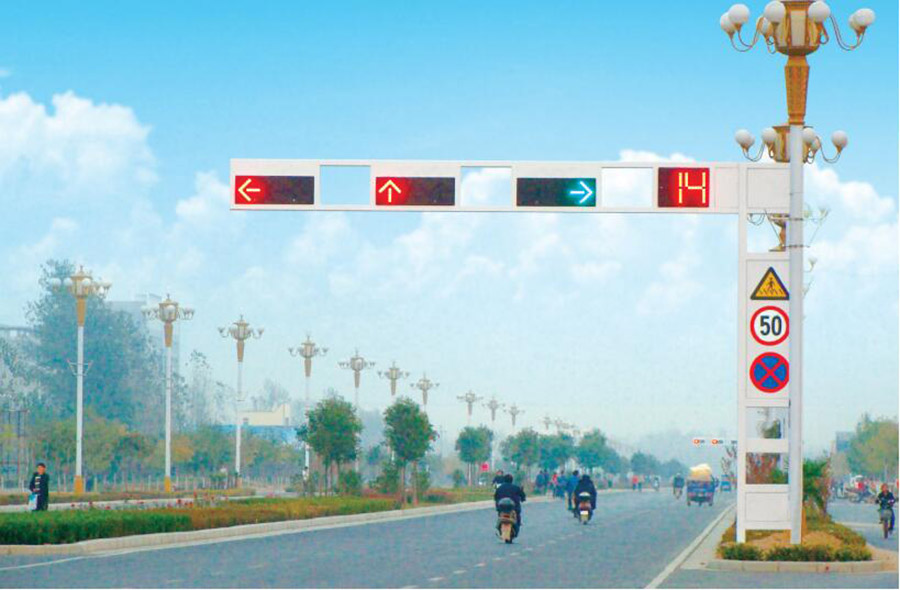

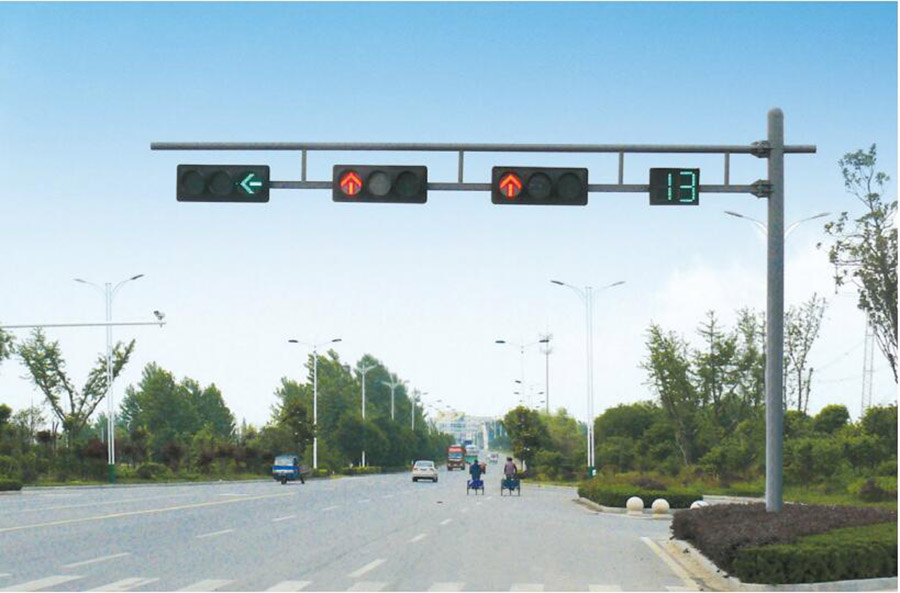

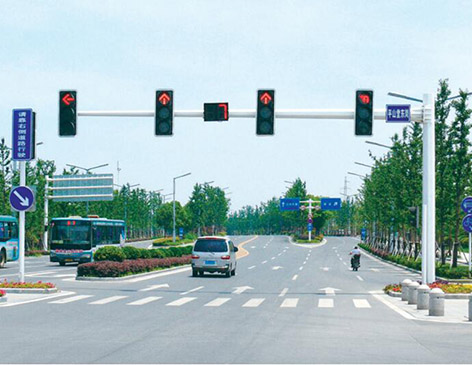
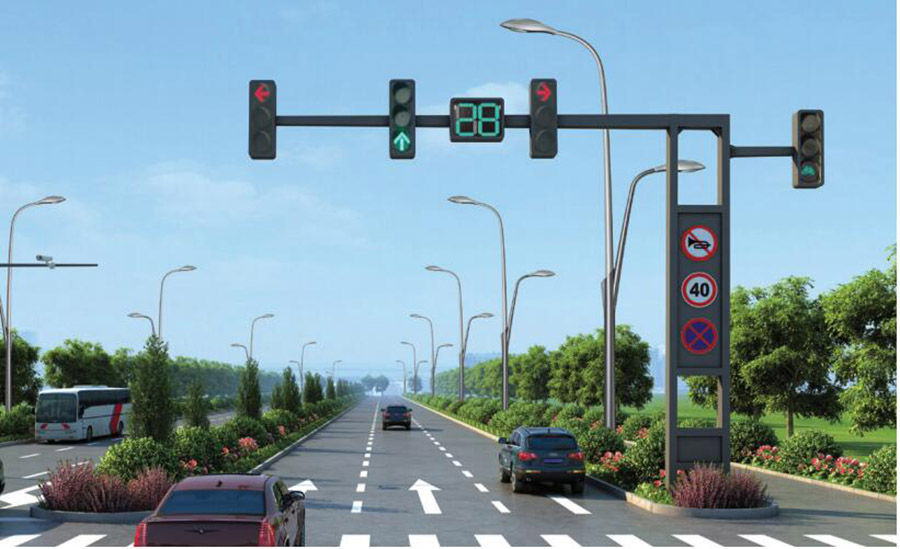
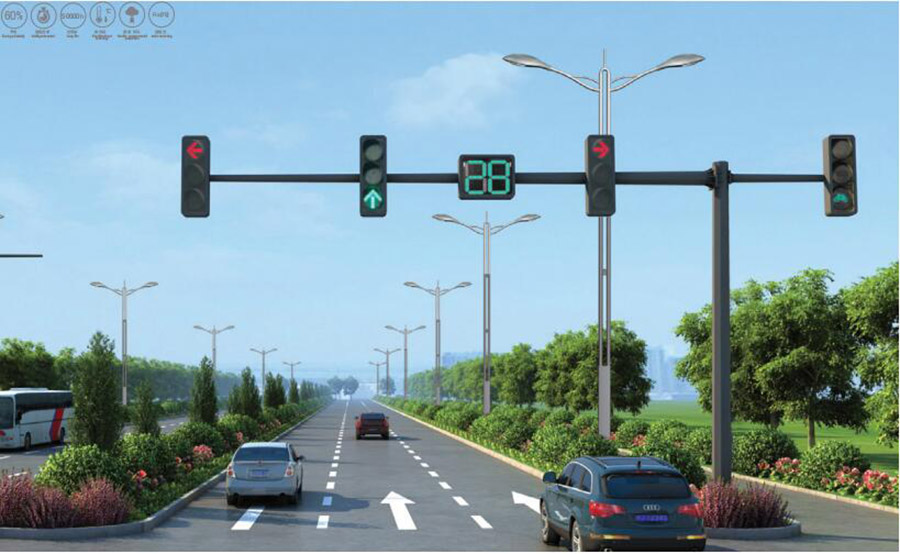

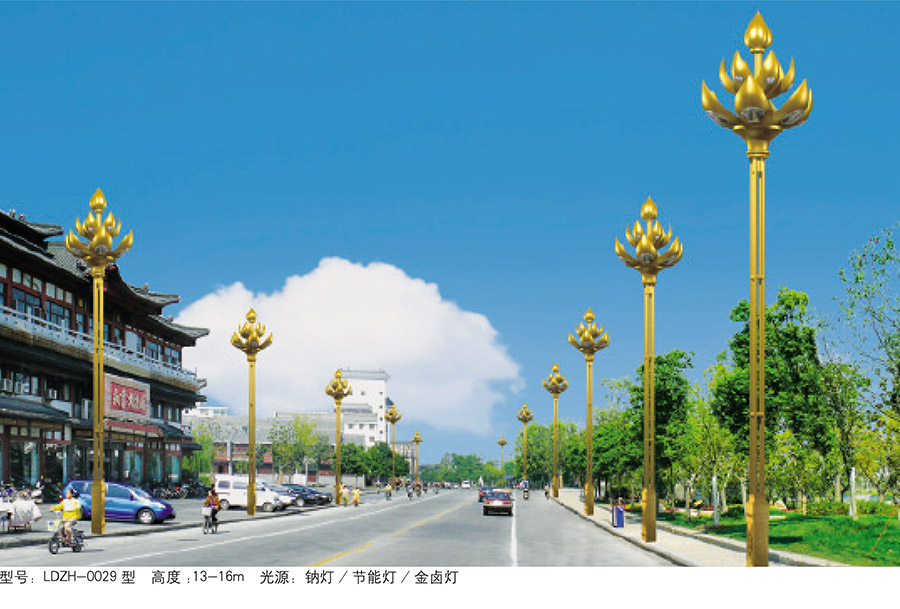

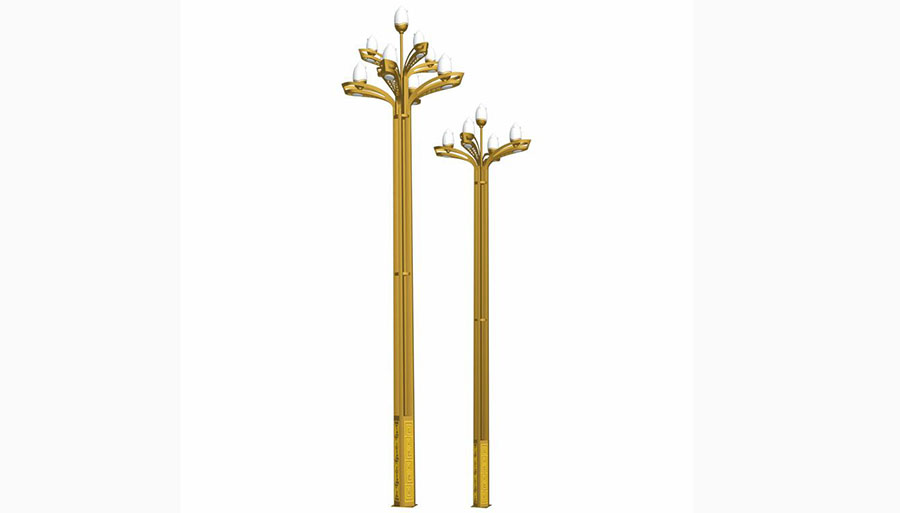
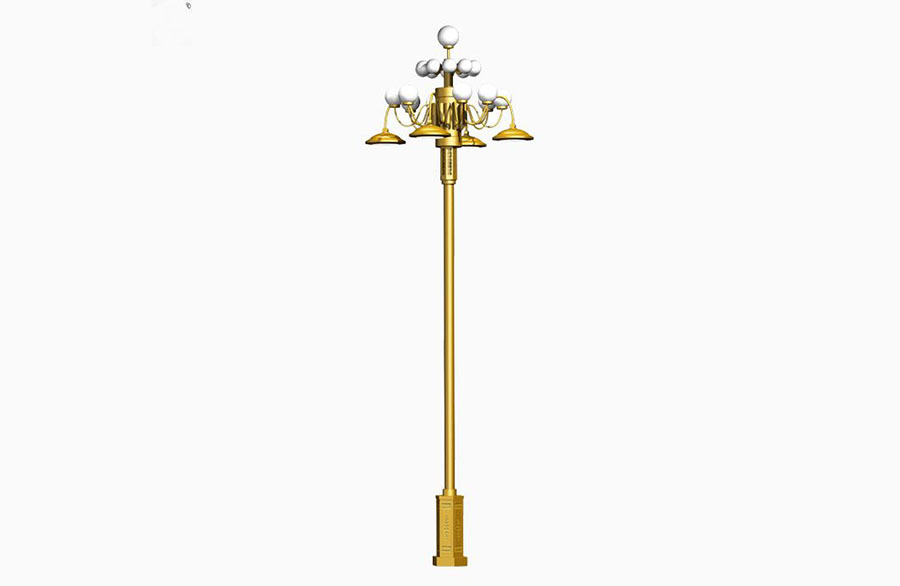

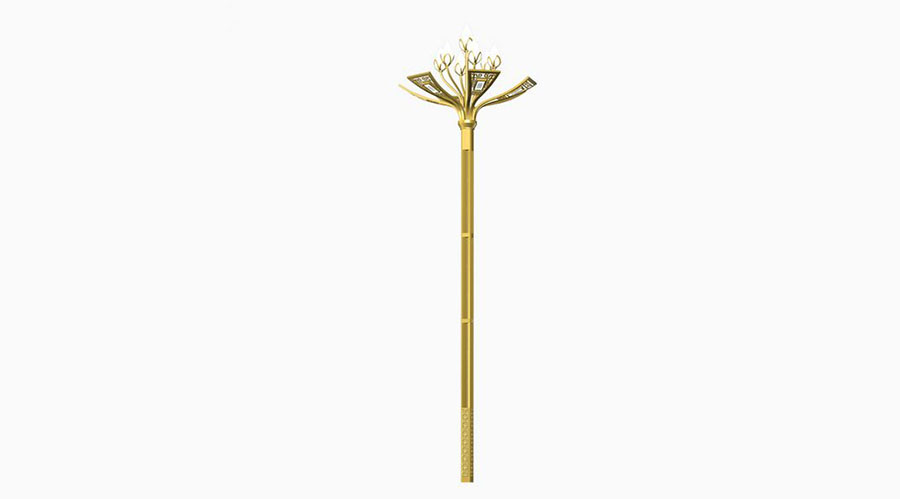

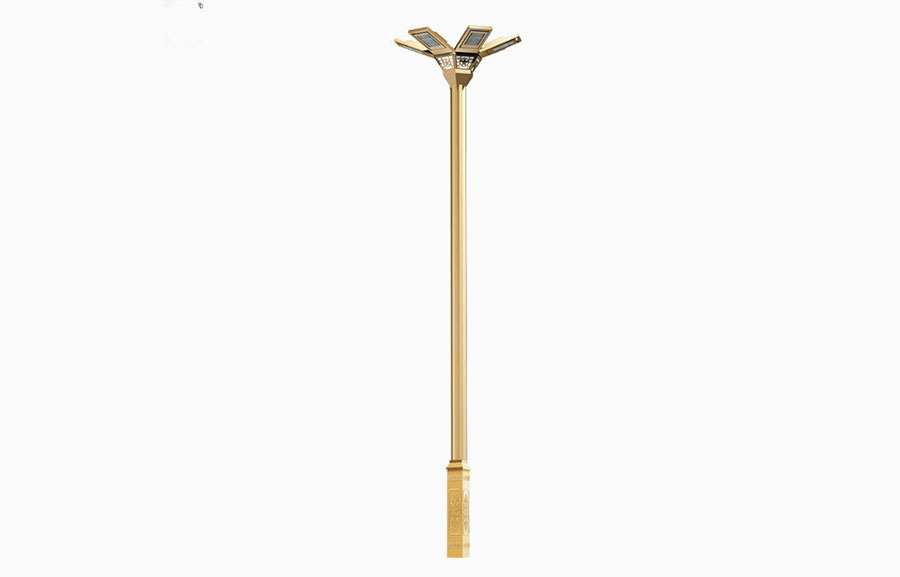

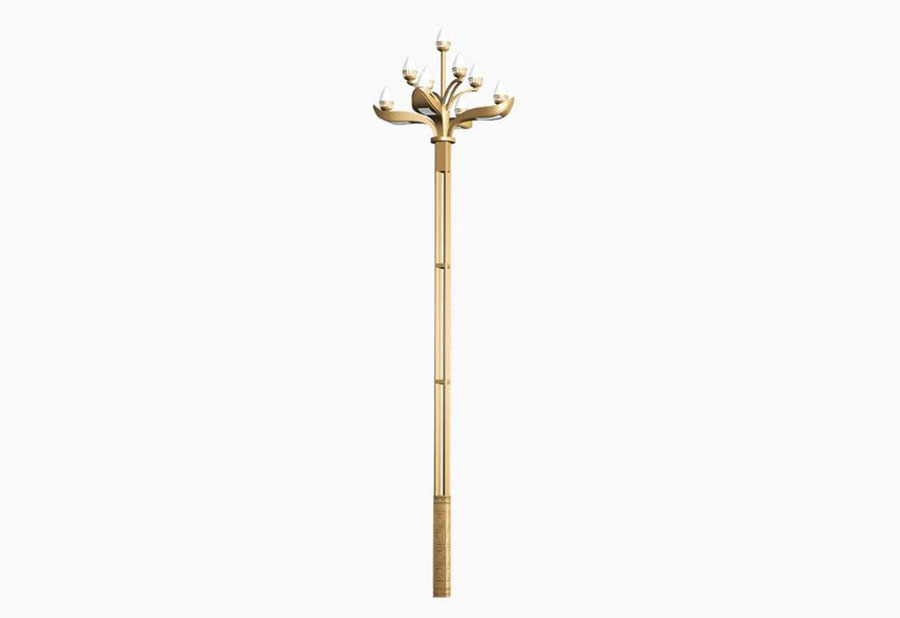




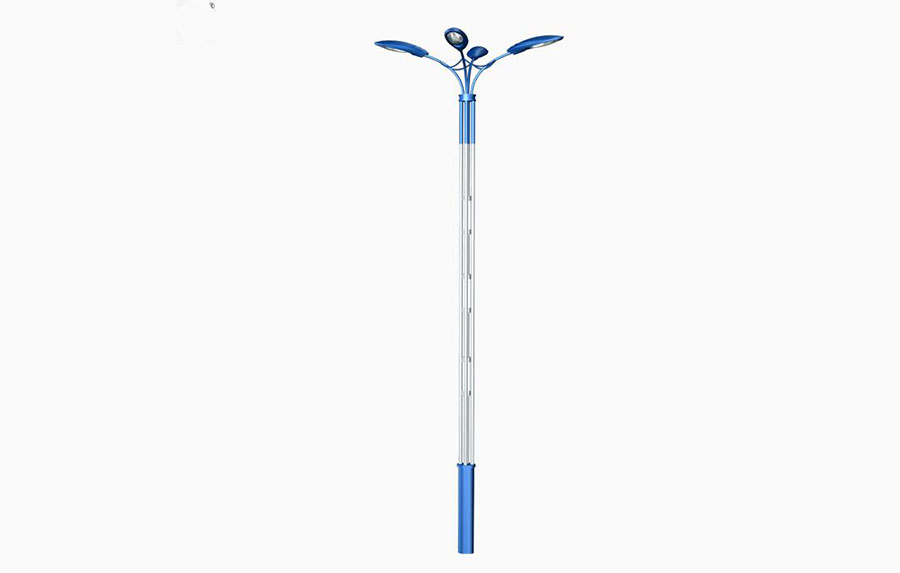

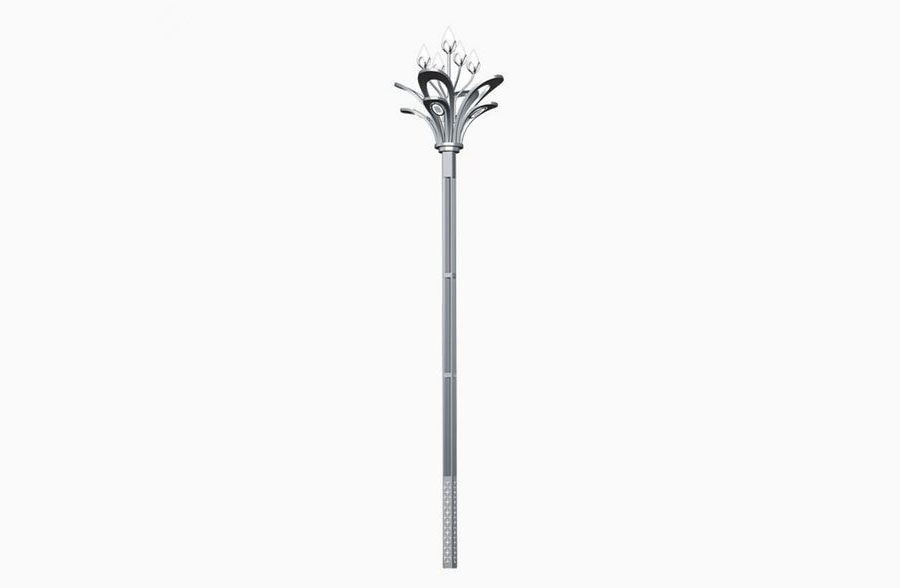
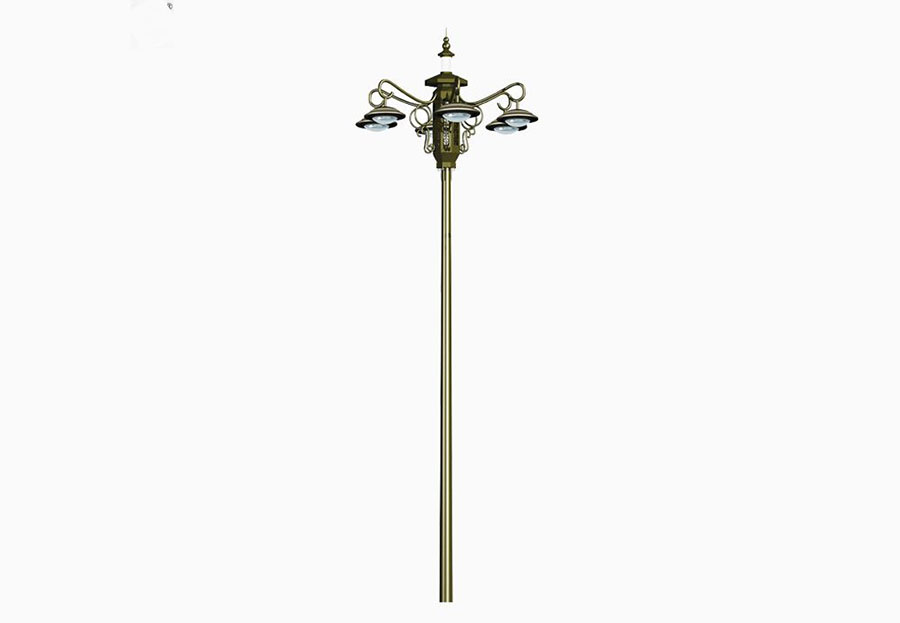

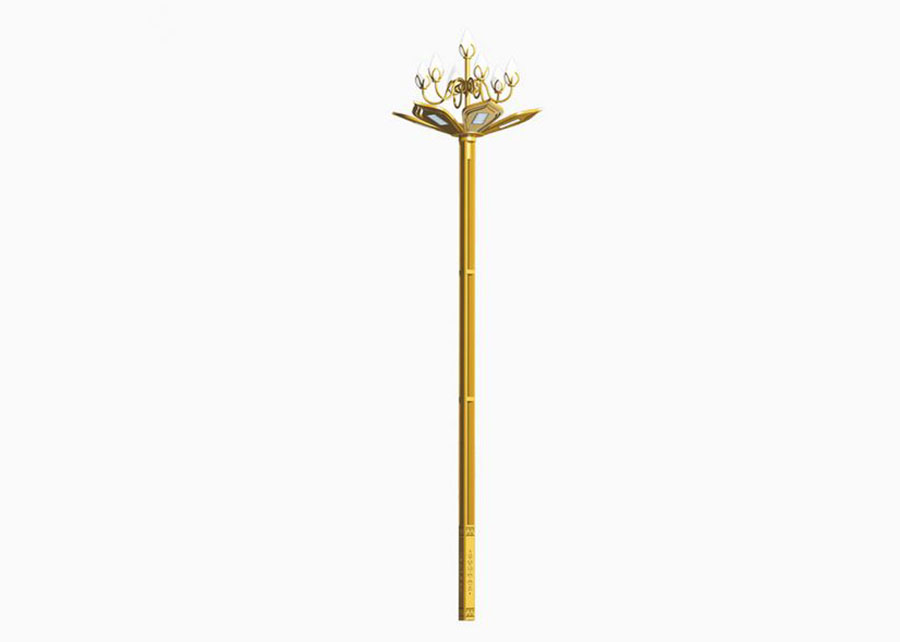























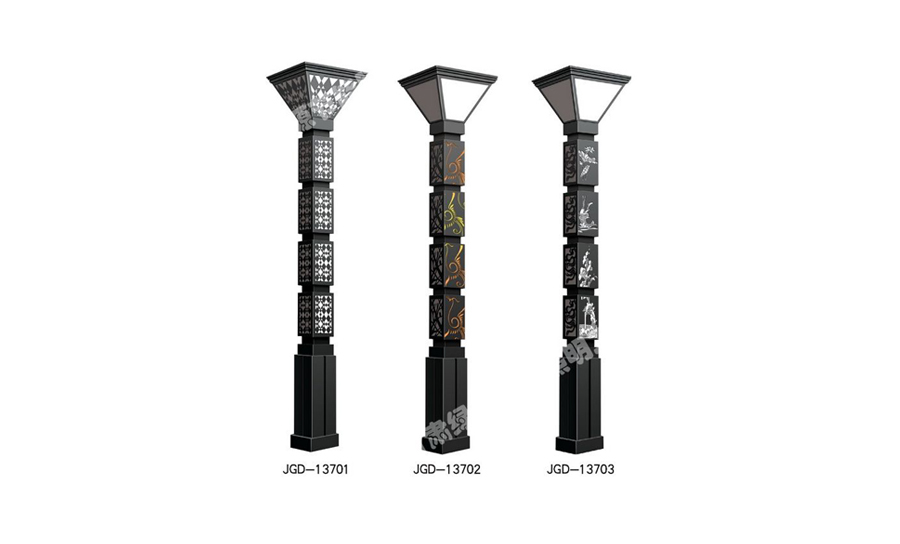


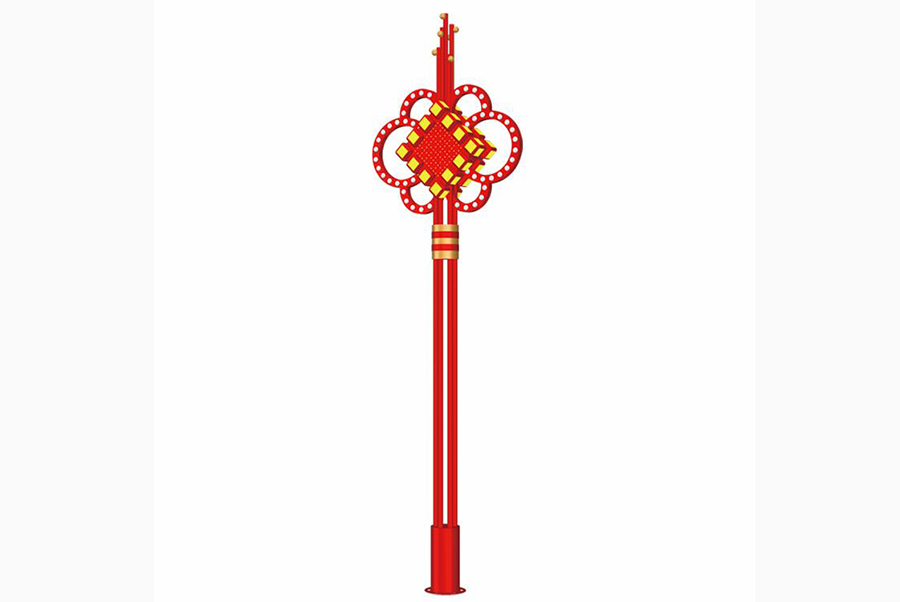

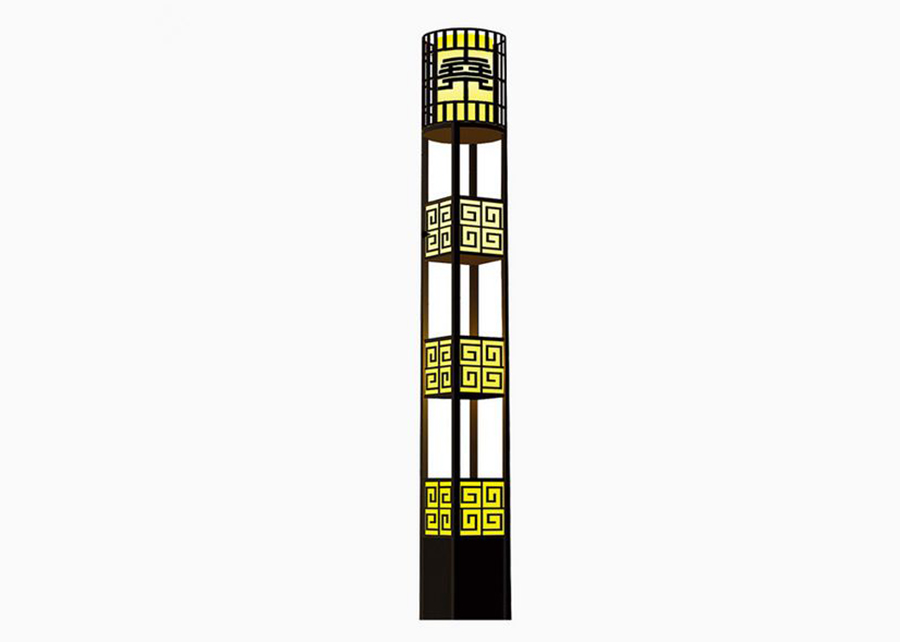

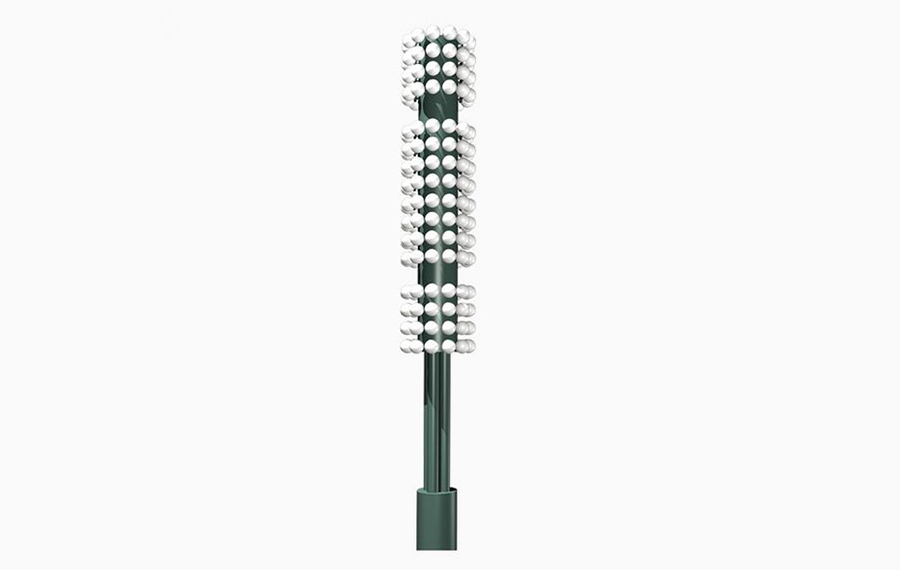
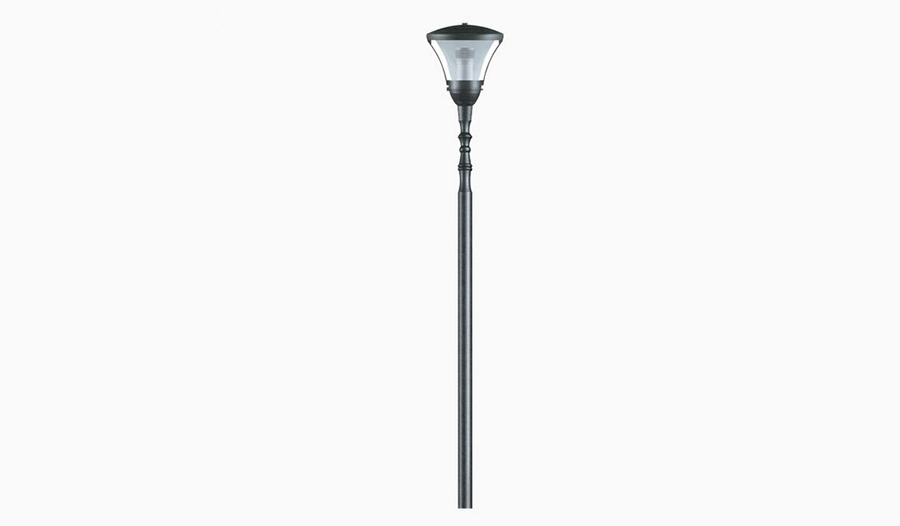

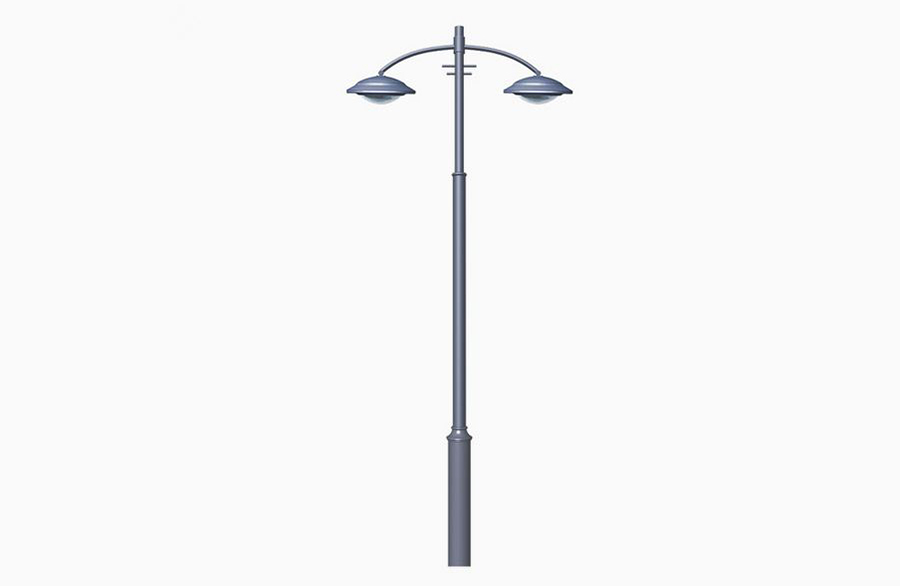
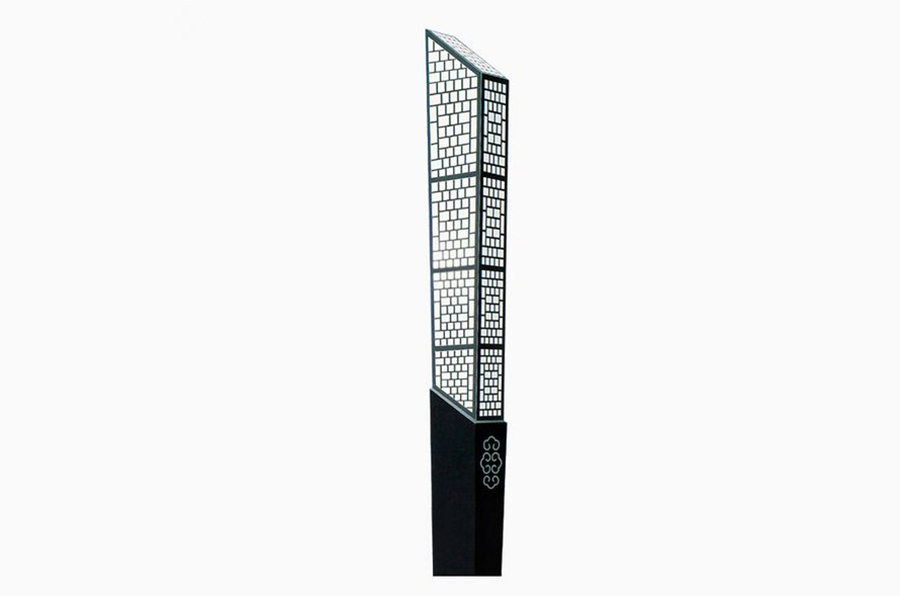
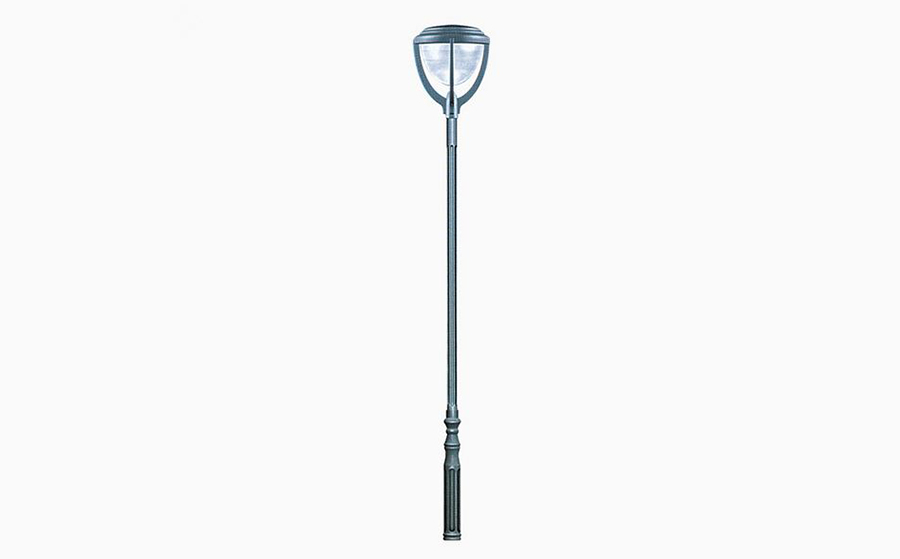


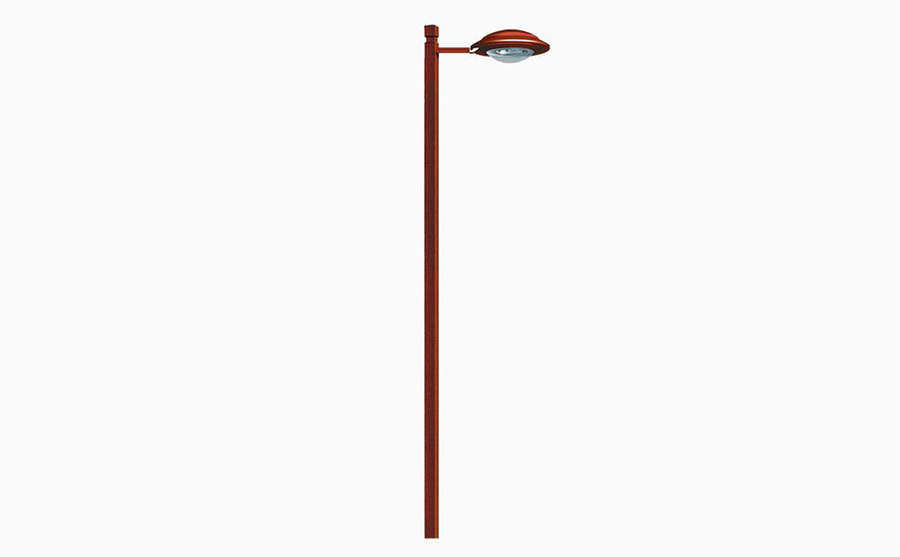
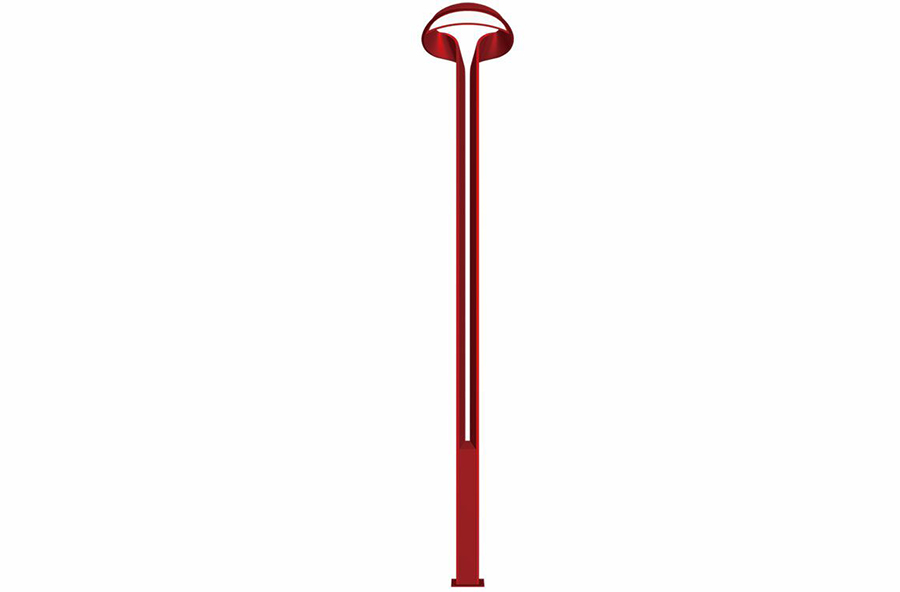
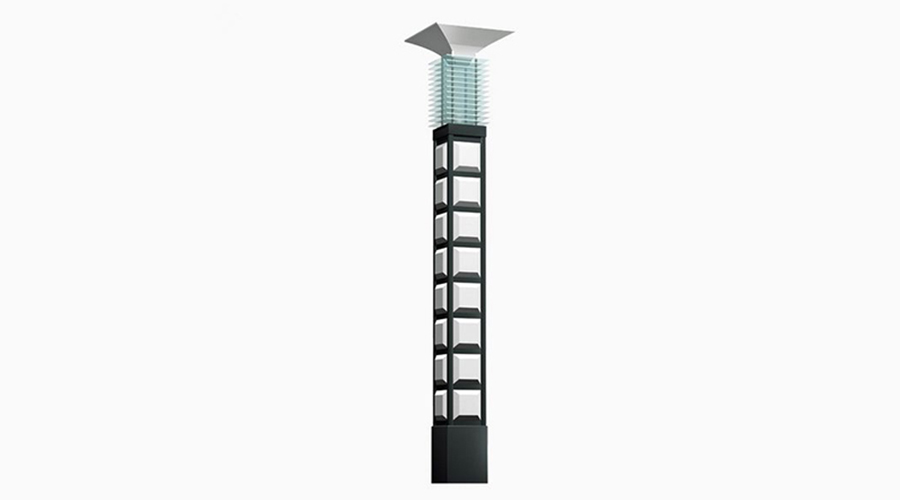

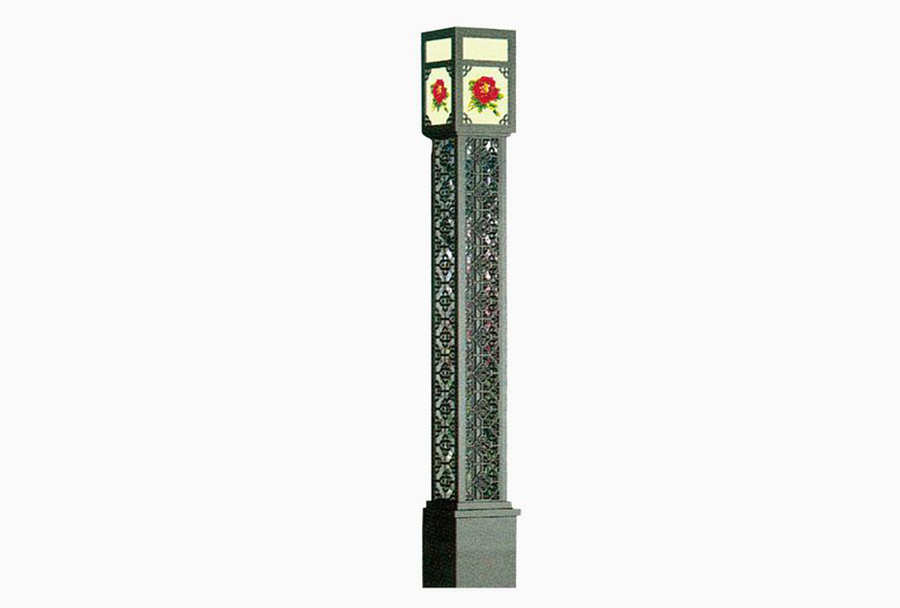


 hot news
hot news
 message
message detail
detail




 甘公网安备 62010202002332号
甘公网安备 62010202002332号



